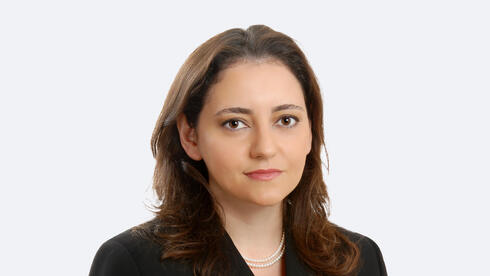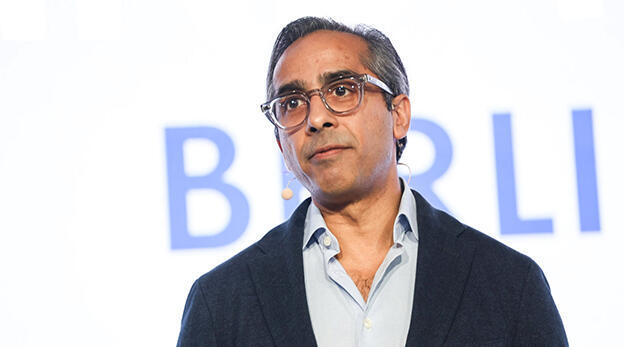
El Al CEO: "Long-term investment is required to strengthen Israeli aviation"
Dina Ben Tal Ganancia spoke at Calcalist's 2025 Forecasts Conference in collaboration with Bank Hapoalim and the Phoenix Group about the need to increase aviation infrastructure to meet rising demand.
"The Israeli aviation sector succeeded in keeping the Israeli economy connected to the world over the past year, handling 50% of cargo transportation and 65% of passenger flights," said Dina Ben Tal Ganancia, CEO of El Al, at Calcalist's Forecasts Conference. "The past year was very complex for us. Looking at the data from Ben Gurion Airport, in 2019 we had 24 million passengers, in 2021 there were 6 million, and there was a recovery despite the war.
“Challenges remain, including the lack of last-minute seats, as we can't fully compensate for all the airlines that have left Israel, the disappearance of low-cost carriers, a 3.7% rise in the Consumer Price Index, and a cumulative 3.5% increase in flight costs - all of which have impacted us. When produce at the supermarket costs more and the price of sufganiyot goes up, the services we provide on planes also cost more."
According to Ben Tal Ganancia, airlines must adapt and look ahead, but the government also needs to invest in infrastructure. "The launch of the light rail was delayed by 10 years. When will another airport be built? If there isn’t enough space for planes to land and take off, prices will indeed remain high," she said. Additionally, consumer culture needs to change: "If we want to fly abroad, we’ll need to be flexible with destinations and book far in advance."
Ben Tal Ganancia outlined El Al's goals for 2030: expanding to 60 aircrafts and serving 30 million passengers. However, achieving these targets requires building a long-term strategic infrastructure. "We need to invest in infrastructure so that in the next war, we’ll be more self-sufficient. We have to look globally and understand that we can’t rely on third parties. That’s why we’re investing in a simulator to train pilots, refurbishing aircraft, and moving operations in-house to reduce dependency on external entities," she explained.
“To understand where the aviation sector is headed and what to expect in the next decade, we need to look back. For those who have forgotten, we ushered in the decade with COVID-19 - perhaps the aviation industry’s biggest crisis. The world stood still for two years. We couldn’t fly, and even at the supermarket, we had to wear gloves. The crisis severely impacted aircraft manufacturers and airlines. The aviation world was disrupted. It takes a long time to recover from shutting down major companies. Even at El Al, there’s still an aircraft waiting to be refurbished since the pandemic. The result is that as we emerge from COVID-19, demand is rising, but there aren’t enough planes."
She presented data showing that in the next 20 years, the global number of passengers will double from nearly 5 billion passengers annually. This will require doubling the number of planes. Today, there are 24,000 planes worldwide, 18,000 of which require updates. Achieving this growth requires producing 2,500 planes annually.
"What happened during the two years of COVID-19? Airlines didn’t place orders and some went bankrupt. While manufacturers need to supply 2,500 planes annually, they are delivering fewer than 1,000. Demand far exceeds supply, prices are rising by an average of 6% annually, there is a shortage of planes and pilots, and people want to fly more often. Since COVID-19, Ben Gurion Airport has grown by 11%. Not only are we seeing increased demand for flights due to population growth, but people are also flying more.
"In the 1990s, in developed countries, the average person flew between half a flight and one flight per year. Today, the average is between two and four flights per year. Demand for flights is growing exponentially. The key is infrastructure investment. To enable more flights, we need stronger aviation infrastructure. We need as many planes as possible, and planes also need places to land and take off," Ben Tal Ganancia said.














